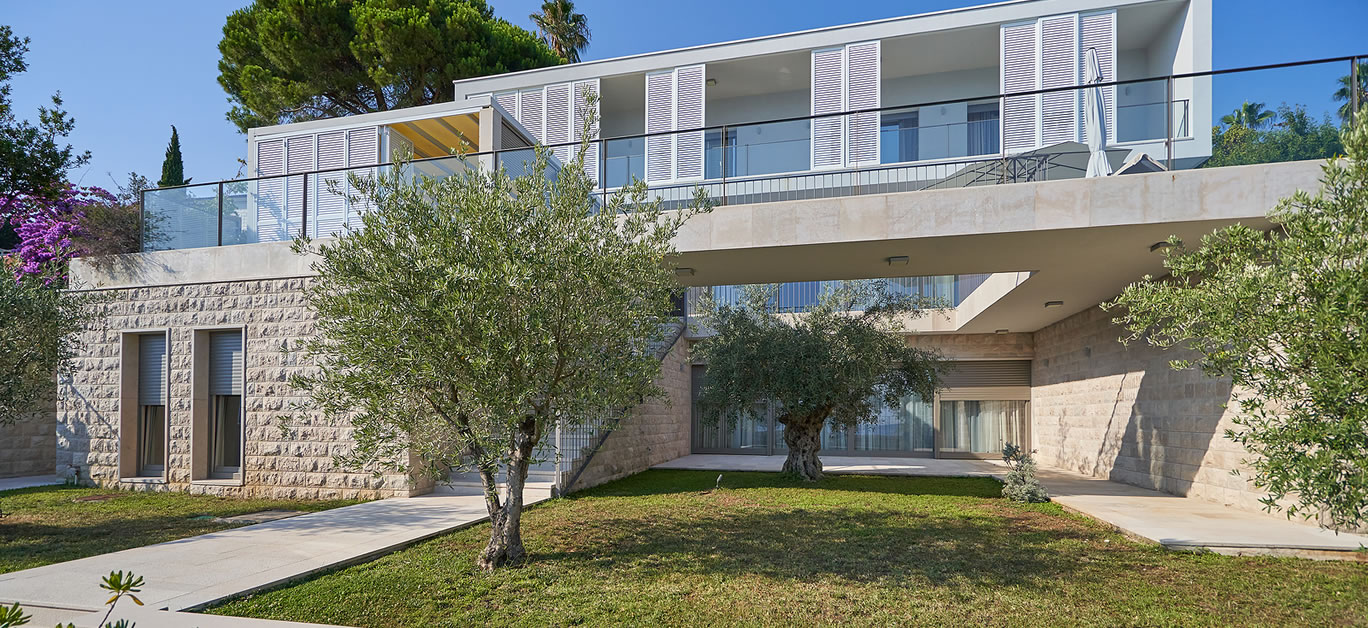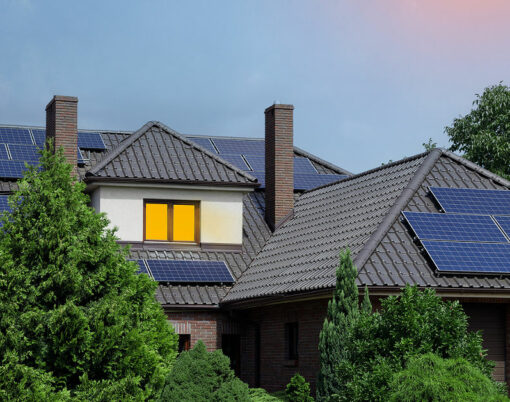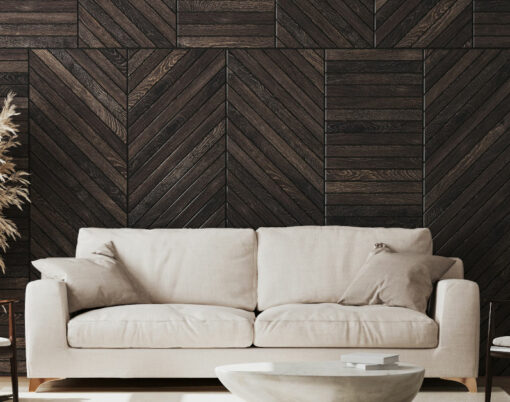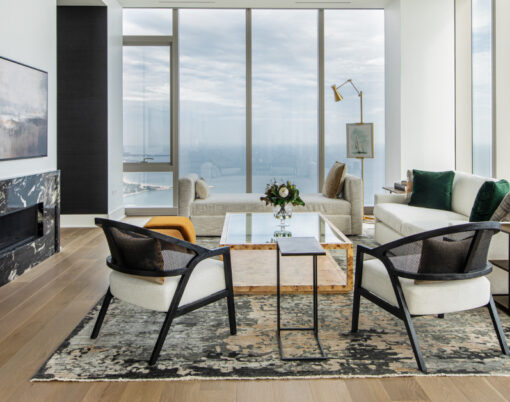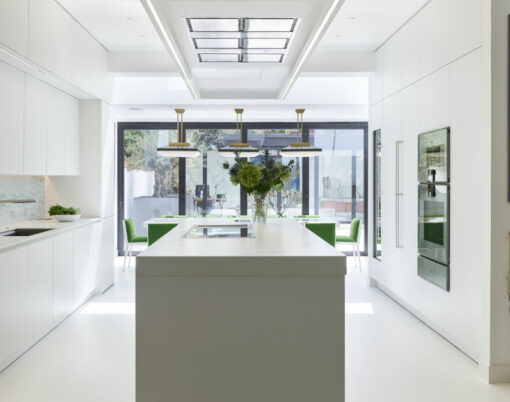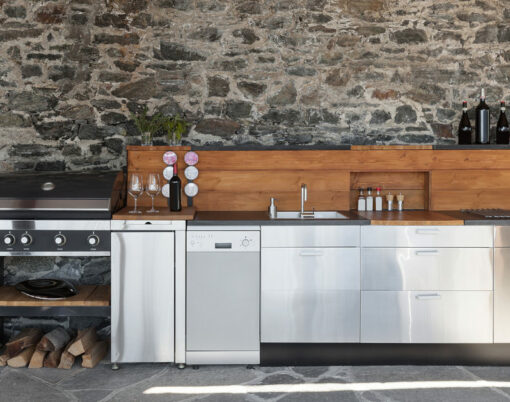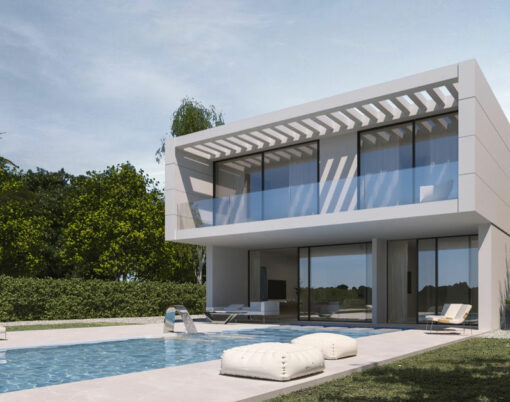Flat roofs are becoming a popular choice in modern home design, creating a sophisticated look and lending themselves well to edgy, contemporary designs. But they don’t just look good, and in fact, they’re a practical choice too, helping to maximise internal space and requiring a smaller amount of materials to cover the same span. Add to that the fact that for those seeking sustainable home solutions, they are also easily combined with living green roofs, and it’s easy to see why they’re experiencing such a moment.
If you’re having a new property built and are considering incorporating a flat roof, then there are lots of great reasons to do so – but if construction and design isn’t exactly your forte, then you might quickly find yourself confused about the hows and whys.
To demystify the subject, we’ve broken it down for you to cover all you need to know about flat roofs to help make that decision making a little easier.
The benefits
Flat roofs offer a whole host of benefits. First off, they allow you to maximise internal space by freeing up the otherwise unusable area that would sit beneath a traditional pitched roof, like the sloped space in your loft or attic.
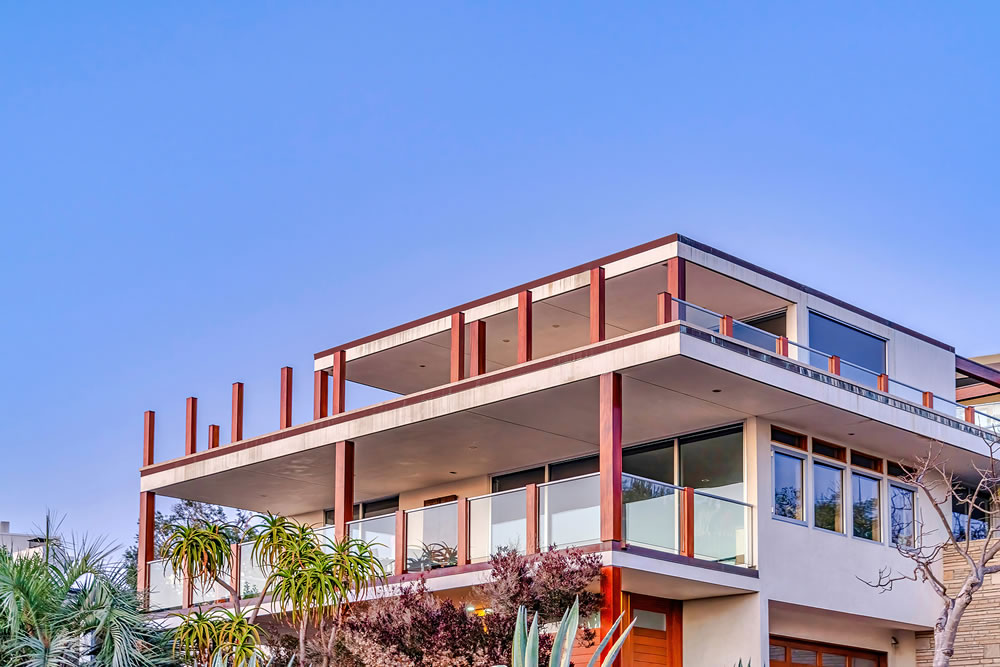
They are also incredibly flexible, lending themselves to even the most unusual designs with effortless ease, and are actually cheaper to install than traditional pitched roofs, too. On top of that, they tend to do a superior job when it comes to maintaining a stable temperature inside, which is great news if you’re looking to live a more sustainable and energy efficient lifestyle.
The perfect pitch
Although they are described as being ‘flat’, this type of roof does have to incorporate a slope into its design in order to allow for rainwater run-off and prevent it from pooling on top. Ideally, the fall should be at least 1:80, with 1:40 being optimal. This can be achieved in a variety of different ways, including the use of ‘firring strips’ – angle-cut battons placed on top of the joists – as well as setting the cross walls at slightly different heights or using tapered insulation.
Flat roof windows
Another huge benefit of choosing a flat roof is the fact that by fitting flat roof windows like skylights or lantern windows, you can let in more natural light and create a brighter, airier space. This is great for rooms that don’t tend to get a lot of natural sunlight throughout the day, and makes ventilation a breeze, too if you opt for an opening roof light.
Fixed roof lights, meanwhile, don’t open, but they work well in areas such as stairwells where the need for ventilation is lesser and offer a particularly secure solution, while thanks to their very narrow frames, they blend seamlessly.
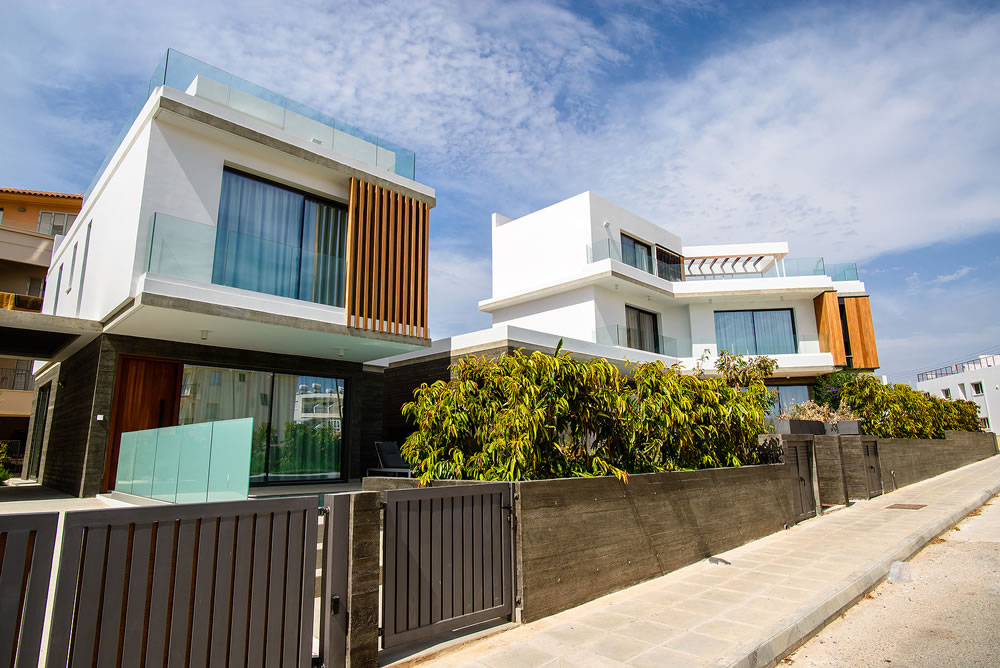
The pyramid skylight – or roof lantern, as it’s also known – is as you’d expect, pointed in shape and is used to let flood light into a room or space. Available in a host of contemporary designs and many shapes and sizes, you can also choose from lots of different types of glazing, making them one of the best choices if you’re looking for a more fully customisable choice.
How to build a flat roof
Building any type of roof is often best left to the professionals, but if you have some know-how in the area then it is possible to do it yourself.
A warm roof is generally the easiest type of flat roof, and is created by positioning the roof insulation directly on top of the timber structure frame, then laying the membrane over the top. This is one of the most efficient solutions when it comes to energy and keeping your home warm, but if you’re keen for a lower roof profile then a cold roof is an optional alternative that is constructed using the standard method used on flat roof extensions.
A risk analysis to determine at what temperature water vapour will condense within the roof structure and how this can be eliminated is key during any roof construction project. Air and water leakage are also, for obvious reasons, big no-nos that you’ll want to avoid – and given the potential issues that can arise from not getting your envelope just right, if you’re in any doubt, then be sure to enlist that professional help.












